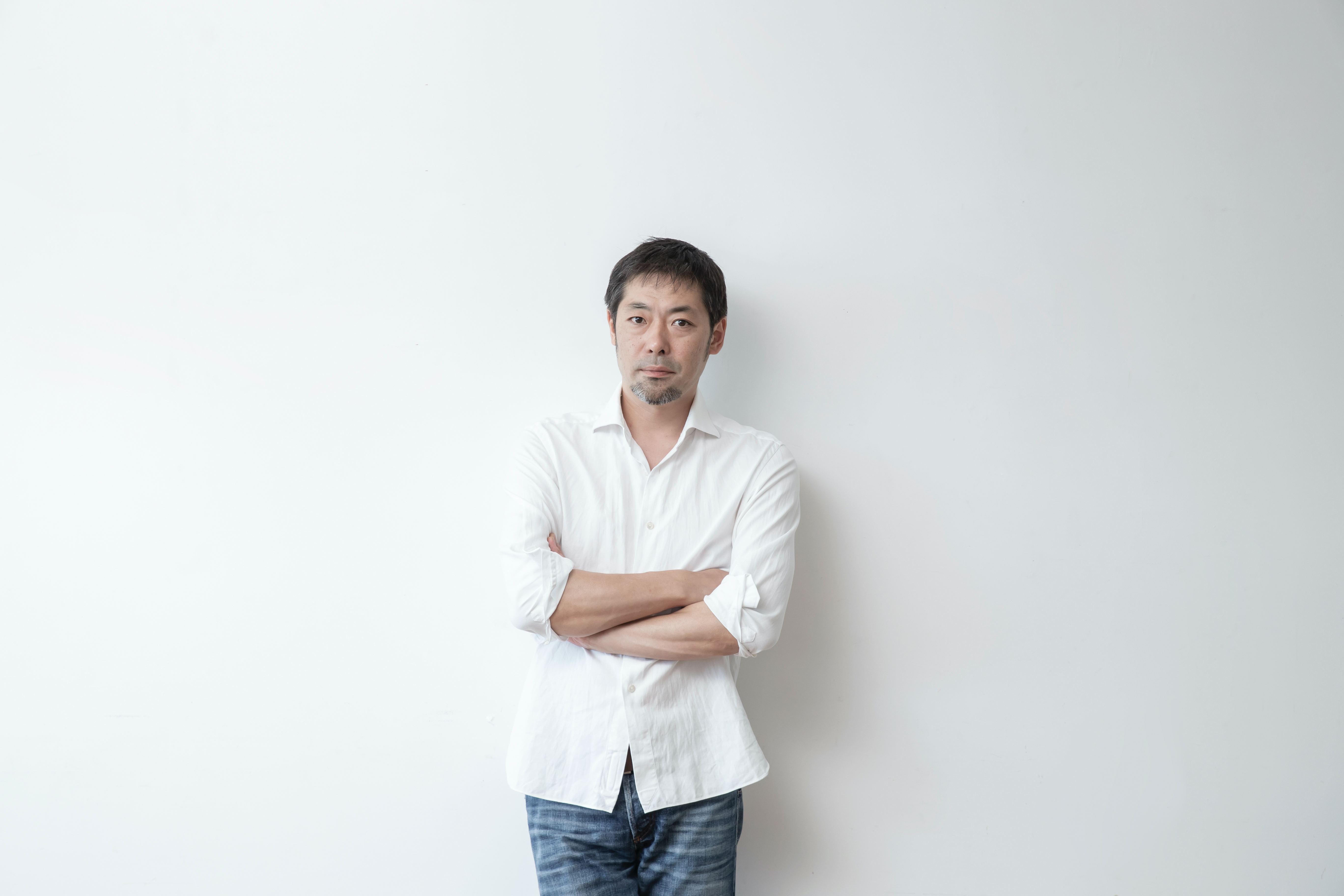The Hispanic Society of America is one of New York City’s greatest hidden-in-plain-sight institutions. Its grand building in upper Manhattan is rarely mentioned alongside the Met, MoMa or the Frick yet it houses a collection of some 18,000 works of art and historical objects and a library of more than 250,000 manuscripts and 30,000 early books. All come from – or relate to – Spain and its wider historical empire, which stretched from South America to the Philippines.
This extraordinary cache was the fruit of Archer Milton Huntington’s (1870-1955) obsession with the Hispanic imperium. In the 1880s this son of a railway magnate started the first of several trips to Europe and while most wealthy Americans tended to laud the art of France and Britain, Huntington became besotted by the culture of Spain. He learned the language – and Arabic too so he could understand the country during its Muslim years – and began to collect.
Having visited the British Museum in London, Huntington wanted to create something similar of his own. He bought everything from Neolithic and Roman artefacts, Muslim textiles and medieval ironwork to Catholic chasubles and monstrances, ceramics and maps. He bought paintings too, from Spanish “golden age” works of the 17th century to those of indigenous artists in Mexico and the fluent and sunny pictures of Joaquín Sorolla, the most famous Spanish artist of the early 20th century.
[See also: Francis Bourgeois and the art of the dealer]
Huntington was also unusually scrupulous in his acquisitiveness. “I buy no pictures in Spain,” he said, “having that foolish sentimental feeling against disturbing such birds of paradise upon their perches.” He would not “plunder” the mother country but determined to leave its “beloved inspiration builders where they were born or dwelt”. Some of the choicest items from the Hispanic Society Museum and Library, opened by Huntington in 1908, are now on display at the Royal Academy. “Spain and the Hispanic World” might be retitled “A History of Spain in 150 Objects” since it presents a selection of Huntington’s holdings of every type to give a chronological narrative of the Iberian peninsula and its influence around the world.
Select and enter your email address
Morning Call
Quick and essential guide to domestic and global politics from the New Statesman’s politics team.
The Crash
A weekly newsletter helping you fit together the pieces of the global economic slowdown.
World Review
The New Statesman’s global affairs newsletter, every Monday and Friday.
Green Times
The New Statesman’s weekly environment email on the politics, business and culture of the climate and nature crises – in your inbox every Thursday.
The Culture Edit
Our weekly culture newsletter – from books and art to pop culture and memes – sent every Friday.
Weekly Highlights
A weekly round-up of some of the best articles featured in the most recent issue of the New Statesman, sent each Saturday.
Ideas and Letters
A newsletter showcasing the finest writing from the ideas section and the NS archive, covering political ideas, philosophy, criticism and intellectual history – sent every Wednesday.
Events and Offers
Sign up to receive information regarding NS events, subscription offers & product updates.
Your email address
Job title
- Job title
- Administration / Office
- Arts and Culture
- Board Member
- Business / Corporate Services
- Client / Customer Services
- Communications
- Construction, Works, Engineering
- Education, Curriculum and Teaching
- Environment, Conservation and NRM
- Facility / Grounds Management and Maintenance
- Finance Management
- Health – Medical and Nursing Management
- HR, Training and Organisational Development
- Information and Communications Technology
- Information Services, Statistics, Records, Archives
- Infrastructure Management – Transport, Utilities
- Legal Officers and Practitioners
- Librarians and Library Management
- Management
- Marketing
- OH&S, Risk Management
- Operations Management
- Planning, Policy, Strategy
- Printing, Design, Publishing, Web
- Projects, Programs and Advisors
- Property, Assets and Fleet Management
- Public Relations and Media
- Purchasing and Procurement
- Quality Management
- Science and Technical Research and Development
- Security and Law Enforcement
- Service Delivery
- Sport and Recreation
- Travel, Accommodation, Tourism
- Wellbeing, Community / Social Services
Job title
Administration / Office
Arts and Culture
Board Member
Business / Corporate Services
Client / Customer Services
Communications
Construction, Works, Engineering
Education, Curriculum and Teaching
Environment, Conservation and NRM
Facility / Grounds Management and Maintenance
Finance Management
Health – Medical and Nursing Management
HR, Training and Organisational Development
Information and Communications Technology
Information Services, Statistics, Records, Archives
Infrastructure Management – Transport, Utilities
Legal Officers and Practitioners
Librarians and Library Management
Management
Marketing
OH&S, Risk Management
Operations Management
Planning, Policy, Strategy
Printing, Design, Publishing, Web
Projects, Programs and Advisors
Property, Assets and Fleet Management
Public Relations and Media
Purchasing and Procurement
Quality Management
Science and Technical Research and Development
Security and Law Enforcement
Service Delivery
Sport and Recreation
Travel, Accommodation, Tourism
Wellbeing, Community / Social Services
Sign up
It makes for a refreshing show: rather than isolate the paintings – superb examples by El Greco, Diego Velàzquez and Francisco de Goya among others – from the world for which they were created, they take their place in Spain’s wider material culture. So, a touchingly intimate portrait head of a young girl, c1638-42, by Velàzquez – possibly of his granddaughter Inés Manuela – is shown near a map of the world of 1526 drawn by Giovanni (Juan) Vespucci, the nephew of Amerigo Vespucci, the Florentine explorer who gave the Americas their name. Only the eastern seaboard of South America and the Gulf of Mexico are shown – the rest of the continent was still to be discovered.
Content from our partners
It was, of course, the silver mined under brutal conditions – the subject of an amateur watercolour of the Potosí mines in Bolivia, c1585 – and brought back from the colonies that was responsible for the wealth of the Habsburg monarchs for whom Velàzquez painted.
Silver and gold from Spain itself had been worked into ceremonial jewellery by Celtiberian craftsmen, c175-50 BC. Centuries later, gold thread was used by the Moorish weavers of a miraculously unfaded geometric textile fragment from AD 1300, reflecting the sophistication that entered Iberian fabrics, ceramics and tiles following the Islamic conquest of a large chunk of the peninsula in 711 and the creation of Al-Andalus.
The global nature of Spain’s empire is reflected throughout the show. It is there in a 17th-century Colombian gourd vase made in imitation of Asian lacquer bowls, in Mexican clay vessels that mimic the extravagances of the European Baroque, and in the indigenous artists who produced paintings in the European style to fill the innumerable churches that sprouted up across Central and South America.
The most celebrated of Huntington’s paintings is Goya’s 1797 portrait of the recently widowed Duchess of Alba. In the picture, the duchess, reputedly the most beautiful woman at the Spanish court, and one of the richest, is shown in the countryside at her estate near Cádiz. She is dressed in mourning black in the fashionable costume of a maja – a showy, loose-living lower class woman – pointing to the words Solo Goya (“Only Goya”) written in the sand at her feet. This inscription gave rise to the romantic if improbable idea that the aristocrat and painter were lovers. Nevertheless, the two were undoubtedly close and, as an honorary member of her household, he painted and drew her many times, though the words are most likely Goya’s suggestion that only he had the skills, and licence, to paint her properly.
As an image of essential Spanishness, and a summation of the fascinating variety of Huntington’s collection, she cannot be bettered.
Spain and the Hispanic World
Royal Academy, London W1, until 10 April
[See also: How the hieroglyphic code was cracked]








